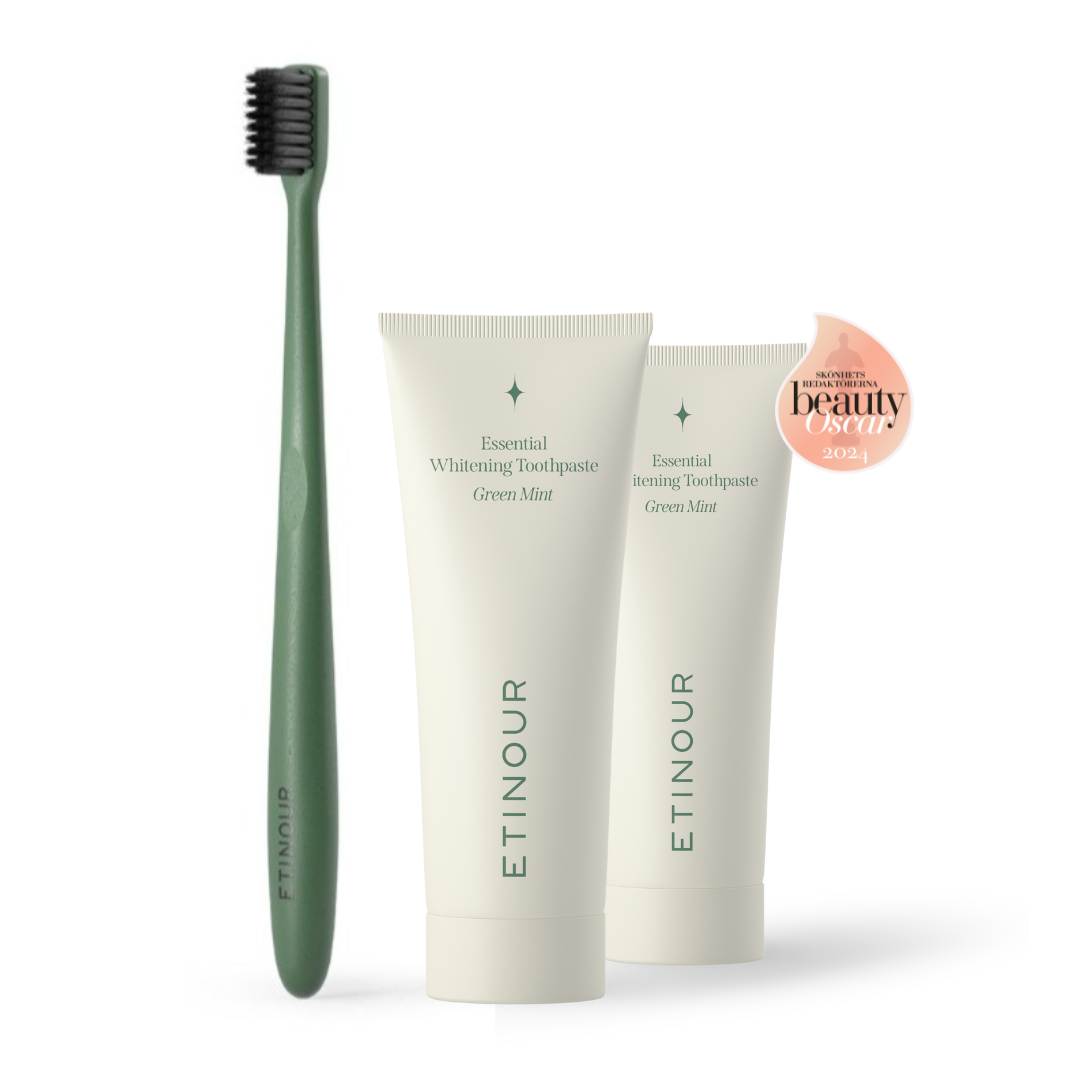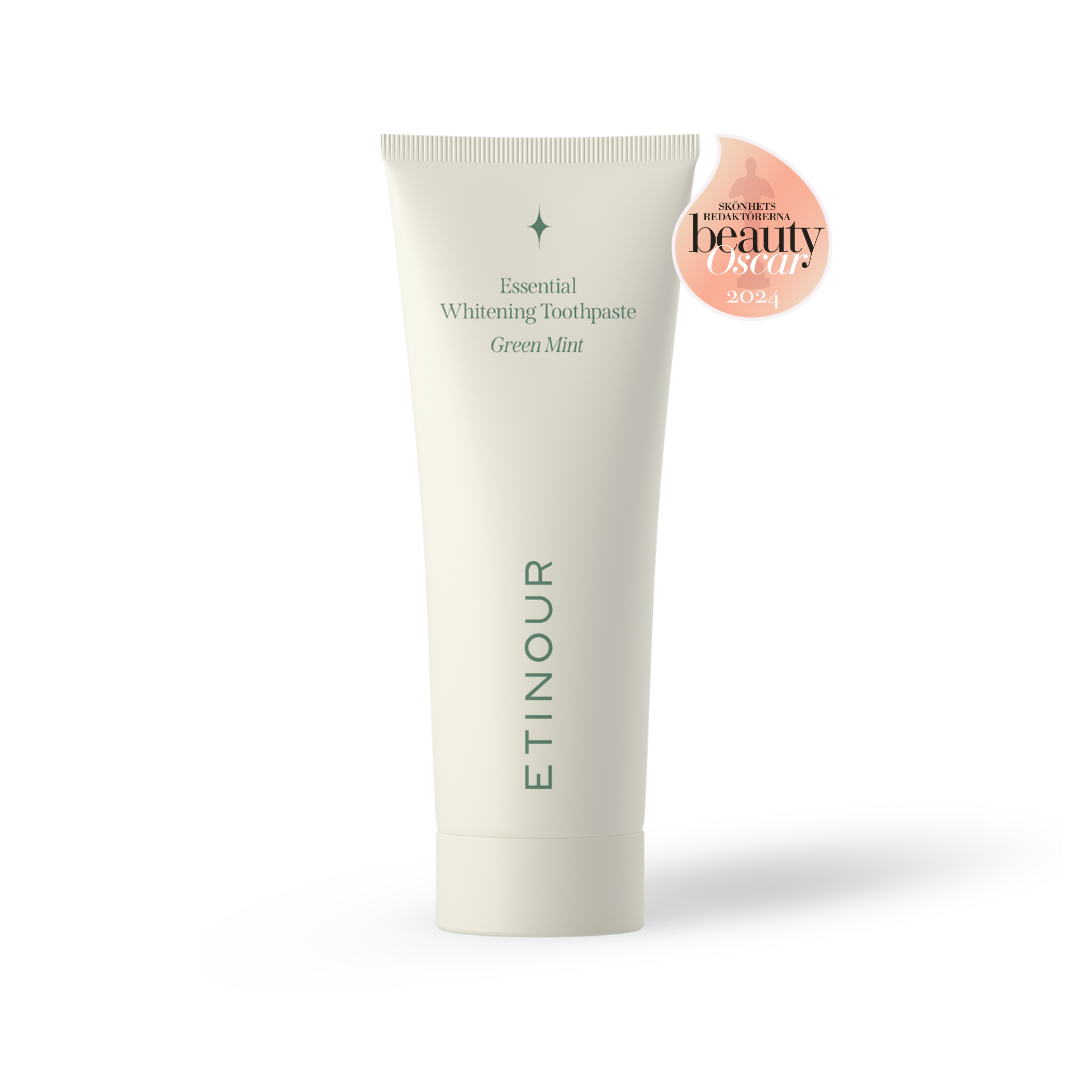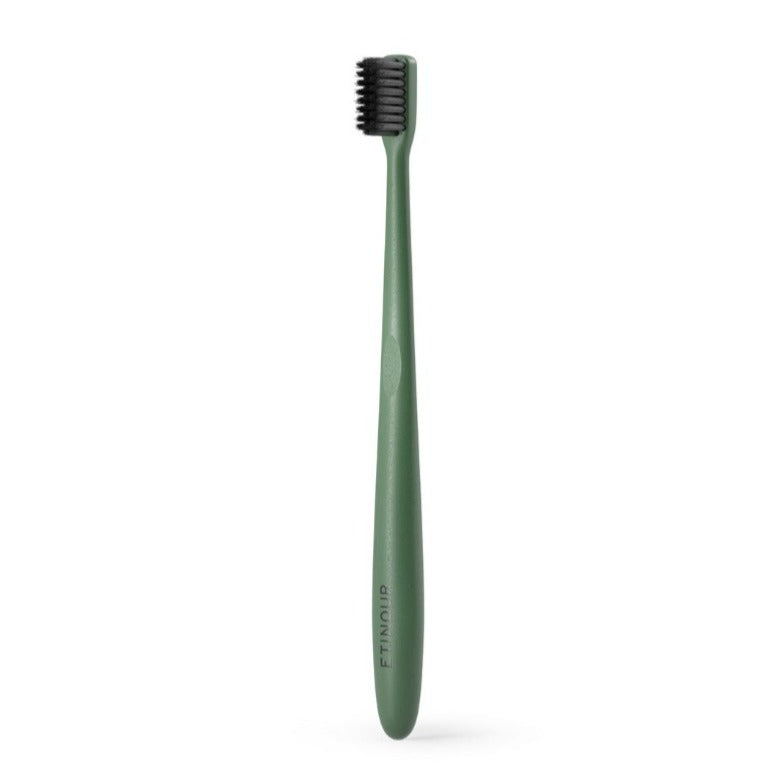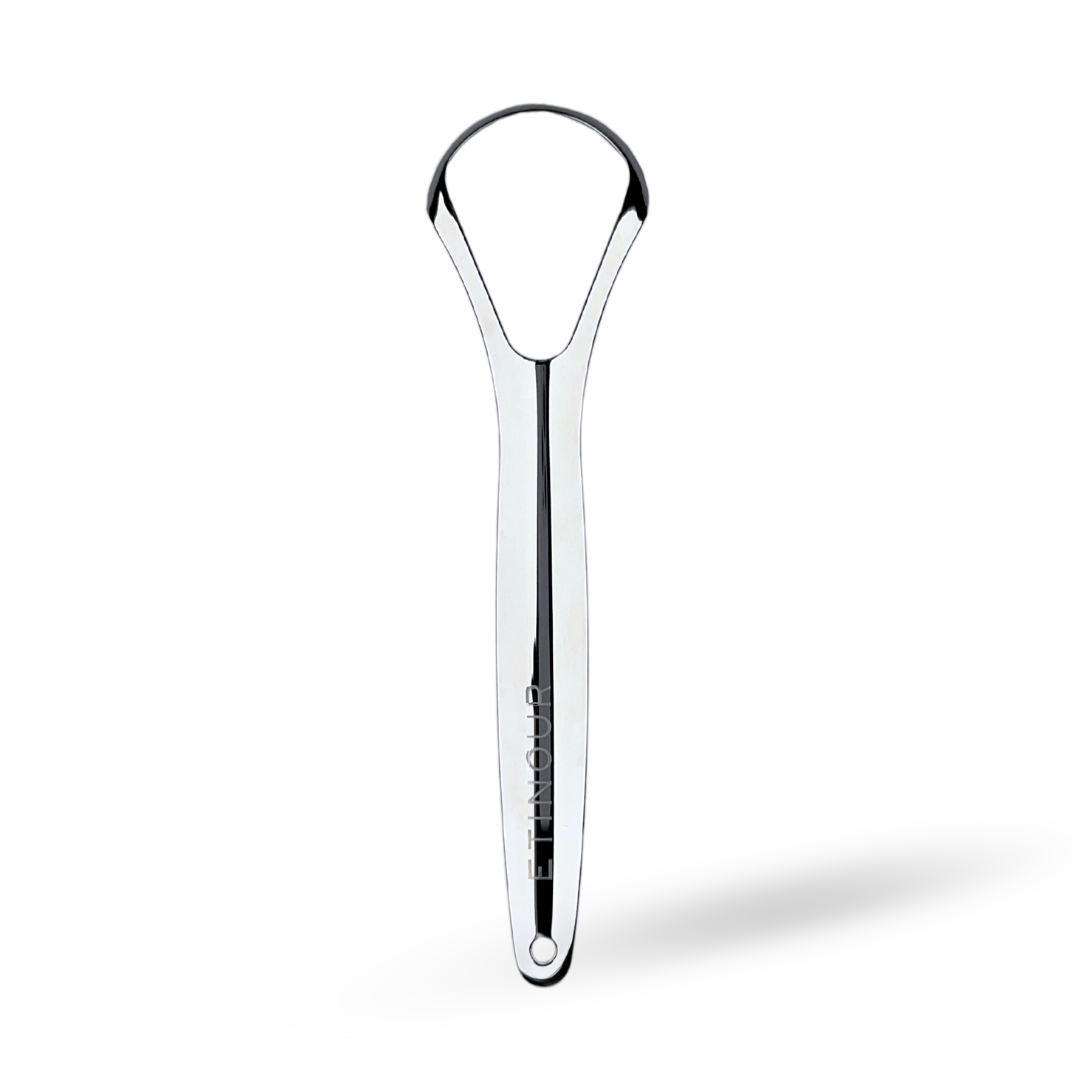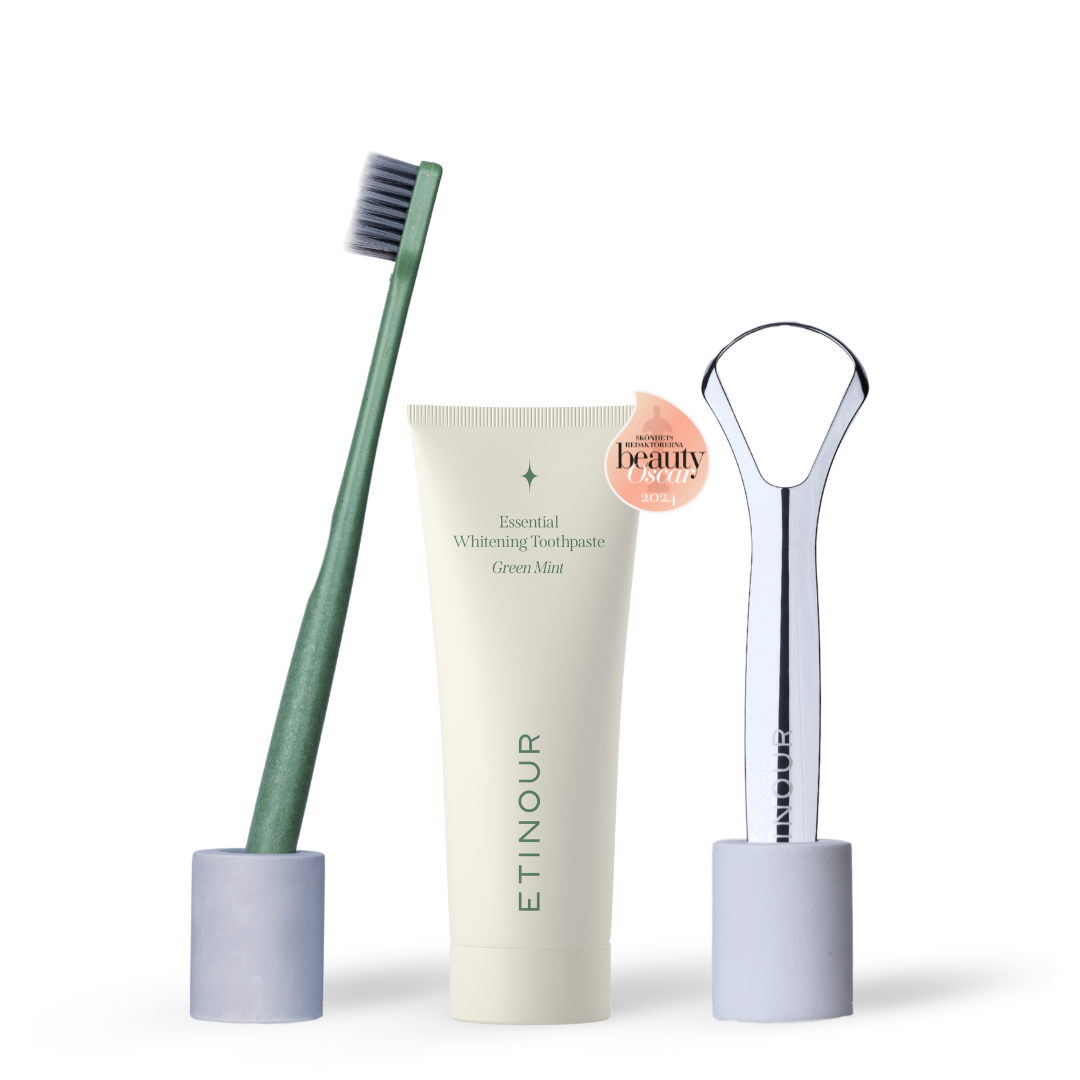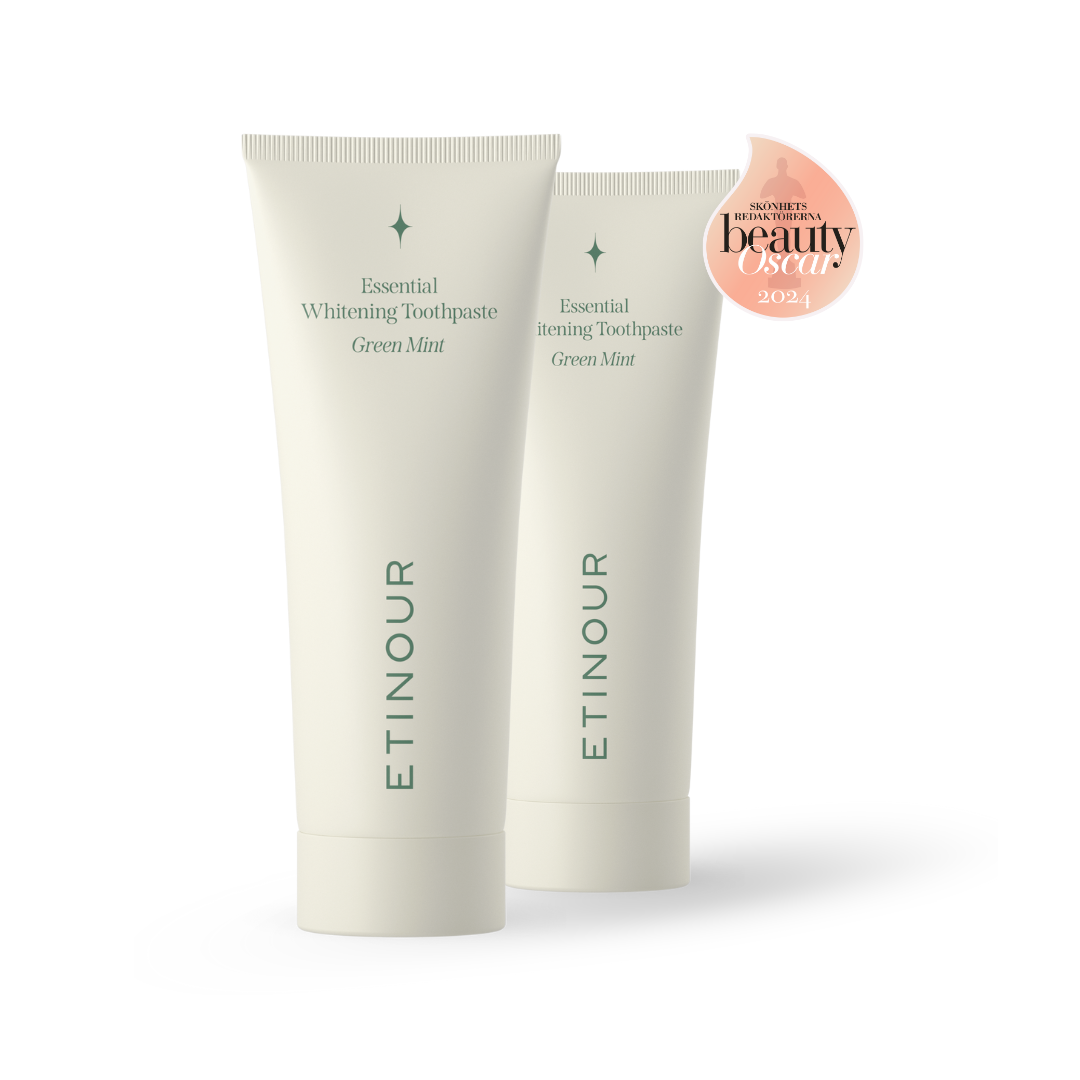The Quest for a Brighter Smile
The pursuit of a whiter, brighter smile is a common goal for many people. A gleaming smile is often associated with good health, youth, and attractiveness. But why is having white teeth so important, and how can you achieve this in a gentle yet effective way?
Why is it Important to Have White Teeth?
A smile is one of the first things people notice about you. White teeth can enhance your appearance, boost your self-esteem, and leave a lasting impression. Discolored teeth, on the other hand, might be perceived as a sign of poor hygiene or aging. This perception fuels the desire for whiter teeth, making teeth whitening products increasingly popular.
Why Do Teeth Get Yellow or Discolored?
Teeth can become yellow or discolored for various reasons:
- Diet: Consuming foods and beverages like coffee, tea, red wine, and berries can stain teeth.
- Tobacco: Smoking or chewing tobacco can cause deep stains.
- Aging: As you age, the outer enamel layer of your teeth gets worn away, revealing the yellowish dentin beneath.
- Medications: Certain medications can cause teeth discoloration.
- Poor Dental Hygiene: Inadequate brushing and flossing can lead to plaque buildup and staining.
Understanding the causes of teeth discoloration can help you choose the most suitable whitening method.
How Can You Whiten Your Teeth with Whitening Toothpaste?
Mechanical Whitening
Mechanical whitening involves physical removal of surface stains through abrasive ingredients or tools. Manual brushing with whitening toothpaste, for example, can help remove superficial stains. However, overuse of abrasive products can erode enamel, making teeth more prone to discoloration and sensitivity. There are many ingredients that act as abrasives, but it is their particle size and shape that determines their abrasiveness (measured in RDA, Relative Dentin Abrasion).
Chemical Whitening
Chemical whitening uses active ingredients to bleach teeth and remove deeper stains. Traditional chemical whitening agents include hydrogen peroxide and carbamide peroxide. These substances penetrate the enamel to break down the molecules causing discoloration. However, their effectiveness and safety depend on the concentration and usage.
In the European Union, oral hygiene products sold freely to consumers may contain no more than 0.1% hydrogen peroxide (EU Public Health) which is insufficient for teeth whitening in toothpaste form. In contrast, the USA allows higher concentrations, leading to more effective but potentially more damaging products.
Common Whitening Ingredients and Their Pros and Cons
When choosing a whitening toothpaste, it's crucial to understand the active ingredients and their pros and cons. Here are some commonly used ingredients:
Abrasives (e.g. black charcoal)
Pros:
- Helps remove surface stains through mechanical action.
- Immediate results with regular brushing.
Cons:
- Can erode enamel with overuse (especially if using an electric toothbrush), leading to increased sensitivity and discoloration.
- Not suitable for long-term whitening maintenance.
Hydrogen Peroxide
Pros:
- Effective at breaking down stains.
- Widely available and used in various whitening products.
Cons:
- Can cause tooth sensitivity and gum irritation.
- Prolonged use may weaken enamel.
- In the EU, concentrations over 0.1% are restricted, limiting effectiveness in toothpaste.
Carbamide Peroxide
Pros:
- Effective whitening agent that breaks down into hydrogen peroxide.
- Often used in at-home whitening kits.
Cons:
- Slower acting compared to hydrogen peroxide.
- Can cause sensitivity with prolonged use.
Phthalimidoperoxycaproic Acid (PAP)
Pros:
- Effective and gentler alternative to peroxides.
- Less likely to cause sensitivity and enamel damage.
- Equally effective as low-concentration hydrogen peroxide without the adverse effects.
Cons:
- Less widely known and available.
- May be more expensive than traditional peroxides.
According to research (Study 2019), PAP can be a safer and more effective alternative to hydrogen peroxide, providing comparable whitening results without the associated risks of sensitivity and enamel damage .
Enamel Strengthening Ingredients for Long Term Whitening Results
Whitening your teeth is not just about removing stains but also about maintaining healthy enamel. Toothpastes that include enamel-strengthening ingredients (such as hydroxyapatite and sodium fluoride) can help protect your teeth from future discoloration and damage. These ingredients work by remineralizing and fortifying the enamel, making it more resilient to stains and acids.
Higher Concentrations Are Typically Effective - In the Short Run
While all whitening toothpastes aim to give you a brighter smile, it's important to choose products that balance effectiveness with safety. High concentrations of hydrogen peroxide or abrasive ingredients may offer quick results but can damage your teeth in the long run (Study 2016). Products containing PAP, and a low abrasion (below RDA 60), like our Essential Whitening Toothpaste, provides a gentler yet effective alternative.
In the next part of this blog, we will delve deeper into the benefits of using PAP and other gentle whitening agents, and how to maintain a healthy and dazzling smile.
The Benefits of PAP in Whitening Toothpaste
Why PAP is a Superior Whitening Ingredient
Phthalimidoperoxycaproic acid (PAP) stands out as an innovative whitening ingredient due to its unique properties.
Advantages of PAP:
- Gentle: PAP is less likely to cause sensitivity and gum irritation compared to traditional peroxides. This makes it an ideal choice for individuals with sensitive teeth.
- Safe: Research has shown that PAP-based whitening products can achieve similar results to hydrogen peroxide-based products without the associated risks of enamel damage and other side effects.
- Effective: PAP can whiten teeth effectively, providing noticeable results like those achieved with lower concentrations of hydrogen peroxide. Studies have demonstrated that PAP at 5% can match the whitening effect of 3% hydrogen peroxide, and 12% PAP can be as effective as 8% hydrogen peroxide.
How to Maintain a Healthy and White Smile
Whitening your teeth is just one part of maintaining a healthy, attractive smile. Here are some tips to ensure your teeth stay white and healthy:
- Regular Dental Hygiene: Brush your teeth at least twice a day and floss daily to remove plaque and prevent stains.
- Use a Gentle Whitening Toothpaste: Choose a toothpaste that contains effective yet gentle ingredients like PAP and avoid those with harsh abrasives or high concentrations of hydrogen peroxide.
- Limit Stain-Causing Foods and Drinks: Reduce consumption of coffee, tea and red wine and rinse your mouth with water shortly after consuming these to prevent stains.
- Avoid Tobacco Products: Smoking, and other use of tobacco, can cause significant staining and damage to your teeth.
- Visit Your Dentist Regularly: Regular check-ups and cleanings can help maintain your oral health and catch any potential issues early.
Pros and Cons of Whitening Ingredients
To help you make an informed decision, here's a comparison of common whitening ingredients:
Ingredient |
Pros |
Cons |
Abrasives |
Immediate stain removal |
Can erode enamel with overuse |
Hydrogen Peroxide |
Effective at breaking down complex stains |
Can cause sensitivity and gum irritation, restricted in EU |
Carbamide Peroxide |
Effective, breaks down into hydrogen peroxide |
Slower acting, can cause sensitivity |
PAP |
Gentle, effective, less likely to cause sensitivity |
Less widely known, may be more expensive |
Avoiding the Downward Spiral of Teeth Whitening
Using whitening toothpastes with harsh peroxides or abrasives can create a downward spiral for your dental health. The erosion of enamel makes teeth more prone to discoloration, increasing the need for whitening and causing further damage. This cycle can be avoided by choosing gentler, more effective ingredients like PAP and using products that also strengthen your enamel.
So, Do Whitening Toothpastes Work and Should You Use Them?
Teeth whitening toothpastes do indeed work, but the key is to choose one that balances effectiveness with safety. Traditional whitening agents like hydrogen peroxide and carbamide peroxide can offer quick results but at the risk of damaging your enamel and causing sensitivity. On the other hand, innovative ingredients like PAP provide a gentler alternative that can whiten teeth effectively without the harmful side effects.
Investing in a toothpaste that includes enamel-strengthening ingredients will not only help you achieve a brighter smile but also ensure your teeth remain healthy and resilient against future stains.
Achieving a radiant smile doesn't have to come at the cost of your dental health. By choosing the right products and maintaining good oral hygiene, you can enjoy the benefits of a whiter, healthier smile for years to come.
Incorporate these insights into your daily routine, and let your smile be a testament to your commitment to both beauty and health.


